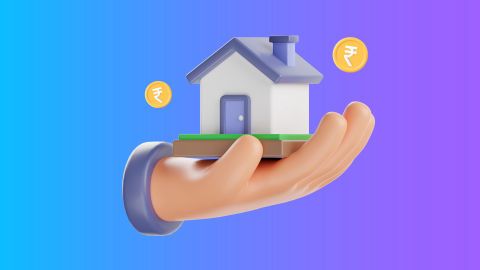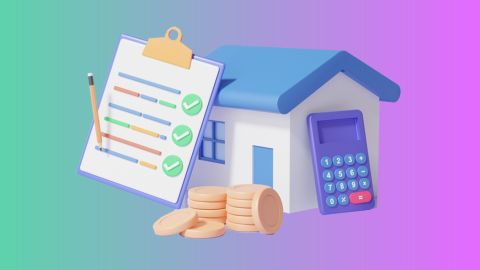Land measurement plays a crucial role in property transactions, especially in states like Tripura, where diverse land measurement units and processes can often be confusing. Whether you are planning to purchase land, engage in property development, or manage reconveyance of mortgaged property, having a clear understanding of the land measurement system in Tripura is essential. This guide will help you navigate the complexities of land measurement in Tripura, offering insights into the units, procedures, and regulations involved. With Bajaj Finserv
Loan Against Property, you can leverage your land to secure a loan for various needs, ensuring financial flexibility and support during your property dealings.
Understanding land measurement
Land measurement in Tripura involves the use of various units, some traditional, and others modern, which can vary depending on the region within the state. Understanding these units is vital for anyone dealing with land transactions or planning to invest in property. The local measurement units, such as 'kanis' and 'kathas' have been historically used, but with modernisation, square feet and hectares have become more prevalent. It is important to know how these units convert to each other to avoid discrepancies in land deals. For accurate conversions, you can use a
land measurement calculator.
Land measurement units in Tripura
In Tripura, land is commonly measured using both traditional and modern units. The traditional units include:
- Kani: A traditional unit, roughly equal to 20,000 square feet.
- Katha: A smaller unit than kani, commonly used in rural areas, where 1 katha equals 720 square feet.
Modern units are increasingly being adopted in urban and semi-urban areas:
- Square feet: Widely used in urban transactions, with 1 square foot equal to 0.0929 square metres.
- Hectares: More common in large-scale agricultural or industrial land dealings.
Having a clear understanding of these units helps in precise land measurement, ensuring accuracy in property transactions and legal processes.
Land measurement process in Tripura
- Survey and demarcation: The process begins with a survey, where the boundaries are demarcated using physical markers.
- Official verification: The measurements are verified by a government official or a certified land surveyor.
- Document preparation: The final measurement details are documented, ensuring they align with legal requirements.
- Registration: The measured land is registered with the local land revenue office, confirming ownership and boundaries.
Government regulations and procedures
- Land records maintenance: The state government maintains detailed land records, accessible to the public.
- Regulatory compliance: All land transactions must comply with state regulations, including obtaining necessary approvals and paying applicable taxes.
- Reassessment: In some cases, a reassessment of land measurement may be required, especially during disputes or property subdivision.
Common challenges in land measurement
- Discrepancies in measurement units: Confusion between traditional and modern units can lead to inaccuracies.
- Boundary disputes: Overlapping boundaries often result in disputes between landowners.
- Outdated records: In rural areas, land records may be outdated, leading to challenges in accurate measurement.
Technological advancements in land measurement
Technological advancements have made land measurement more accurate and less time-consuming. Digital tools like GPS-based systems and drones are increasingly being used to map land precisely. These technologies reduce human error and speed up the process, ensuring that land measurements are both accurate and reliable. Such advancements are particularly beneficial in regions like Tripura, where traditional methods might not always provide the precision needed in modern property dealings.
Tips for accurate land measurement
- Use modern tools: Employ GPS-based devices or drones for accurate land measurement.
- Consult experts: Always consult a certified land surveyor to avoid discrepancies.
- Regular updates: Ensure that your land records are regularly updated to reflect any changes in measurement or ownership.
Conclusion
Understanding the intricacies of land measurement in Tripura is crucial for anyone involved in property transactions, whether for personal or commercial purposes. From traditional units like kani and katha to modern technologies that ensure precise measurement, being well informed can help you avoid common pitfalls and ensure a smooth transaction process. Bajaj Finserv Loan Against Property can provide you with the financial backing needed to leverage your land for various purposes, including reconveyance of mortgaged property.




